An AI-powered WebApp designed to streamline and automate the management of Out of Gauge (OOG) cargo by integrating advanced technical features and establishing a centralized database, providing a seamless all-in-one solution for DB Schenker.
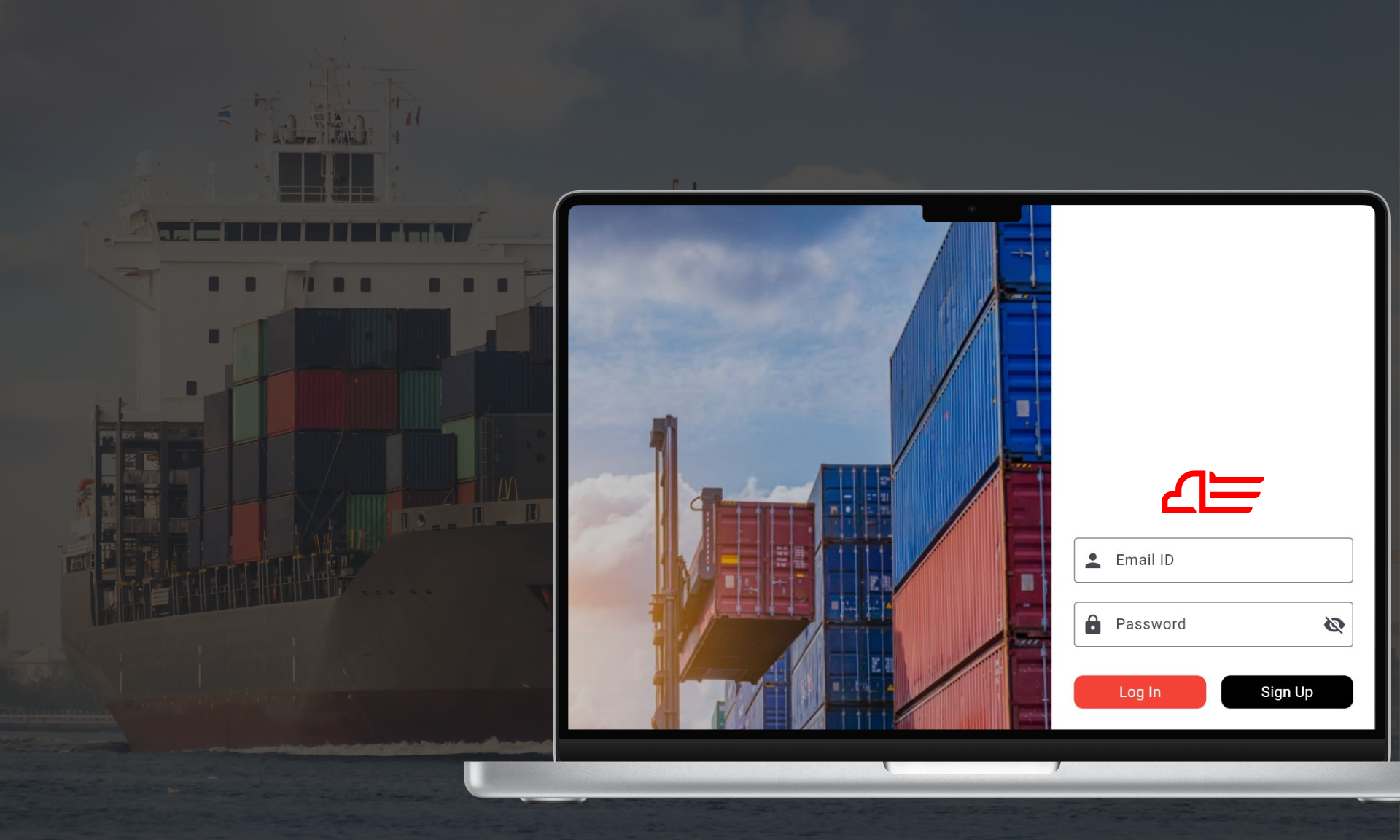

Carlos Gerardo Murguia Rendon
Francisco Benita
Susan Wong

Did you know that transporting oversized cargo—known as Out-of-Gauge (OOG) cargo—comes with logistical challenges due to its unconventional size? At DB Schenker, managing OOG cargo involves time-intensive processes, particularly during the preparation of Method Statements and Risk Assessments (MSRA), as well as the thorough evaluation of equipment options proposed by vendors. These complexities are further intensified by the need to coordinate tasks and communication across multiple stakeholders to ensure alignment throughout the project.
To address these challenges, our team developed an AI-powered project management web application featuring three key subsystems—the MSRA Generator (Document Analyzer + Template Engine) and the Equipment Recommender—designed to streamline and automate the process of OOG cargo management.

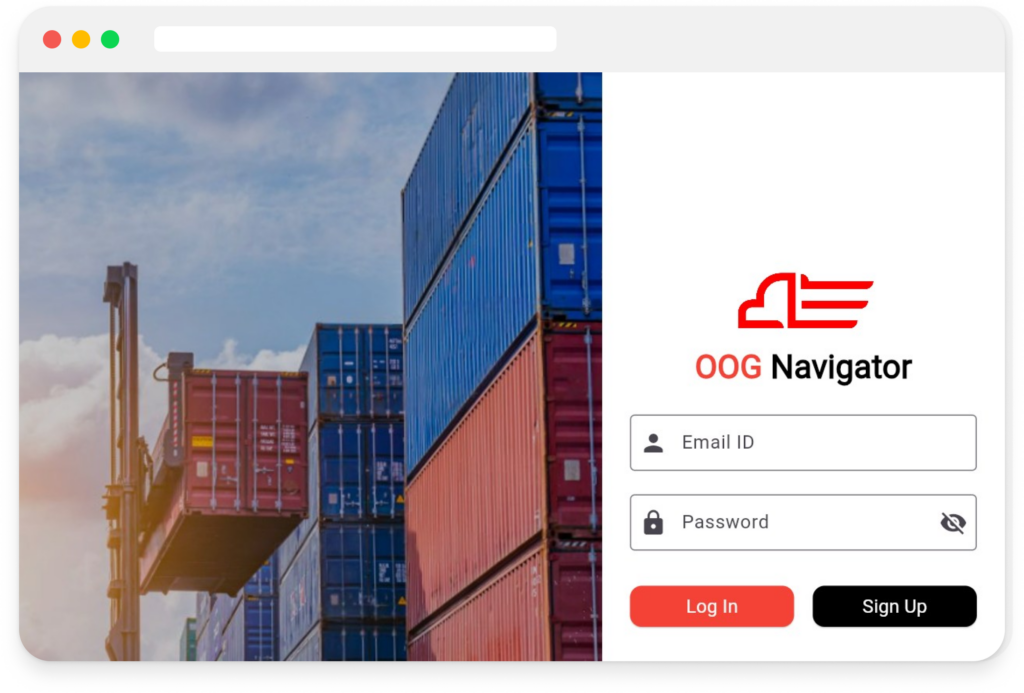
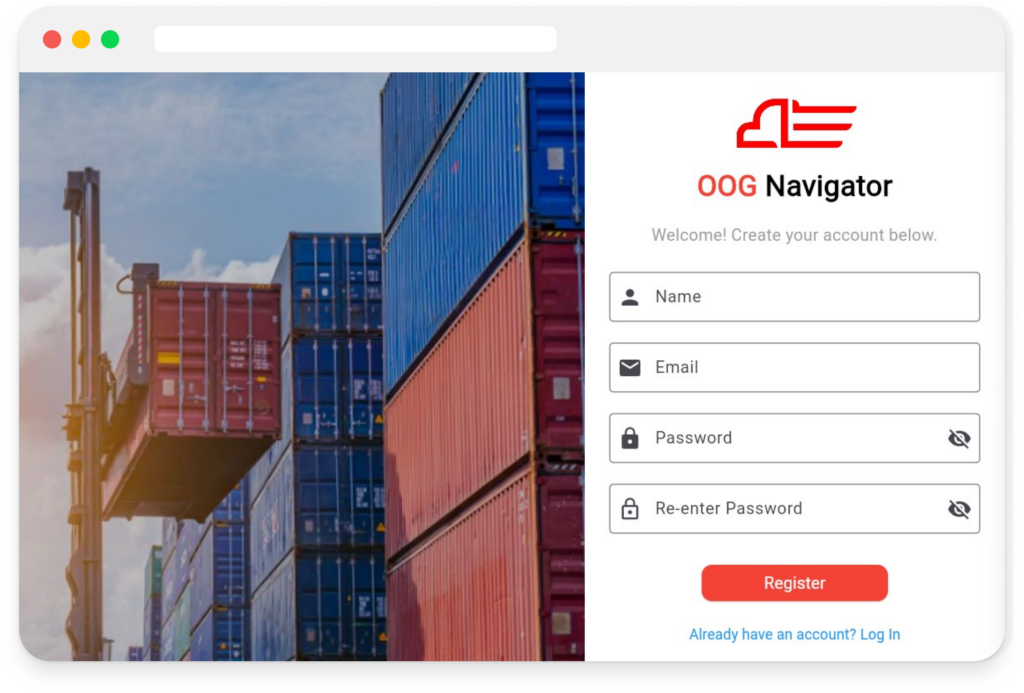
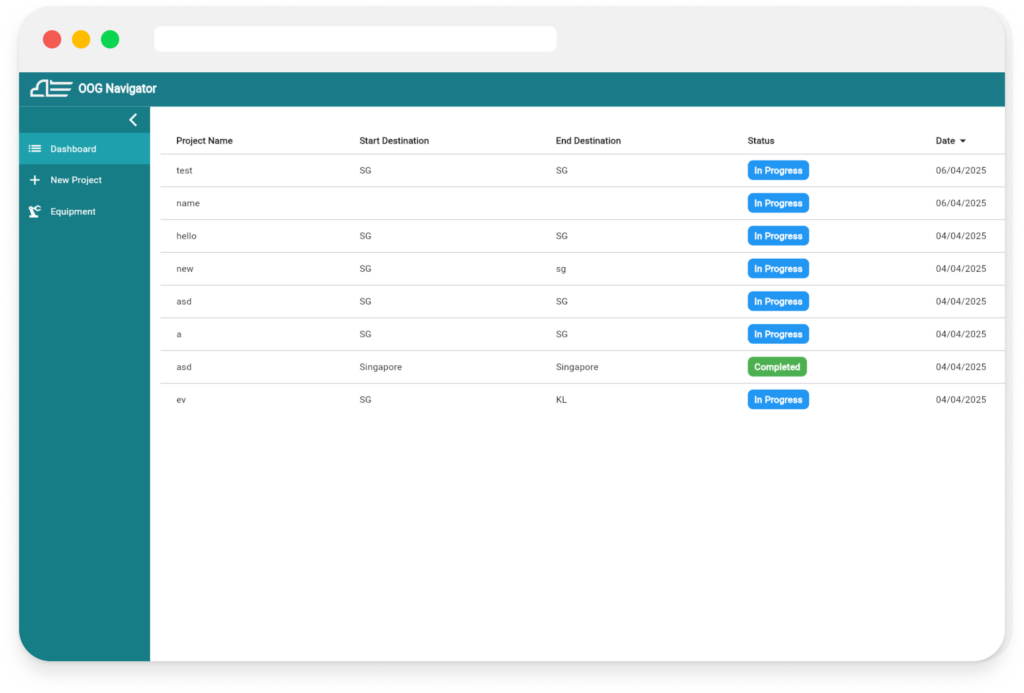
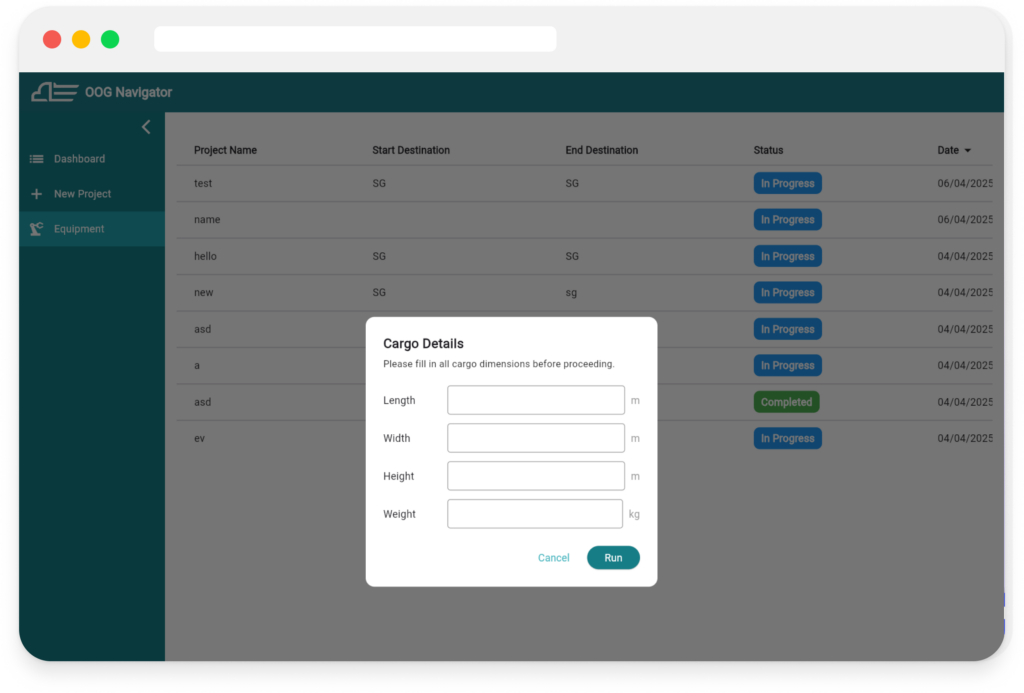
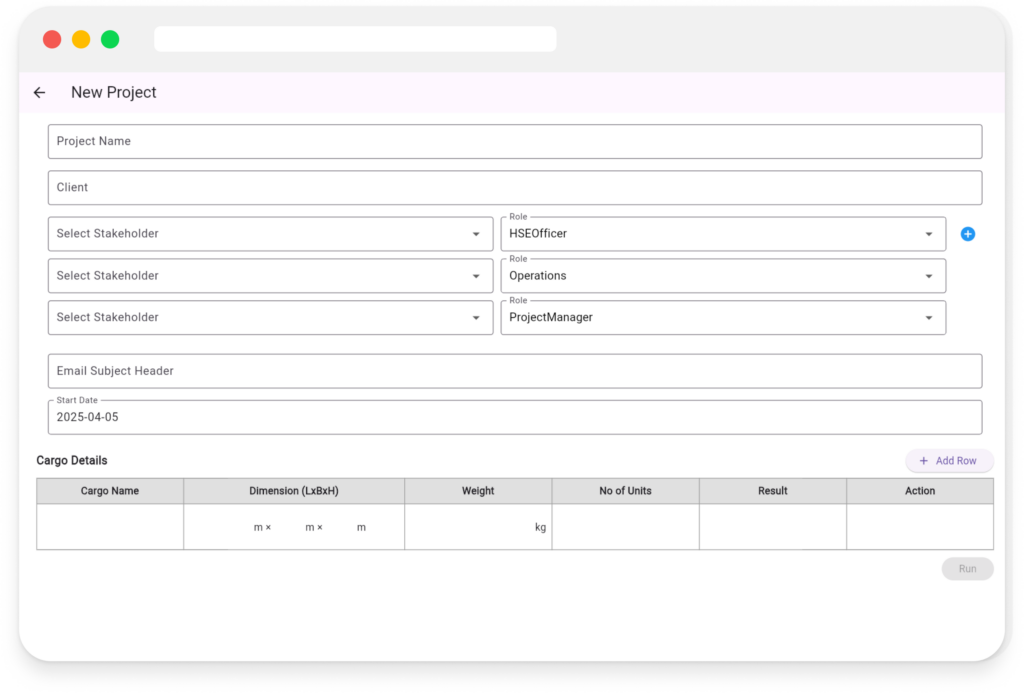
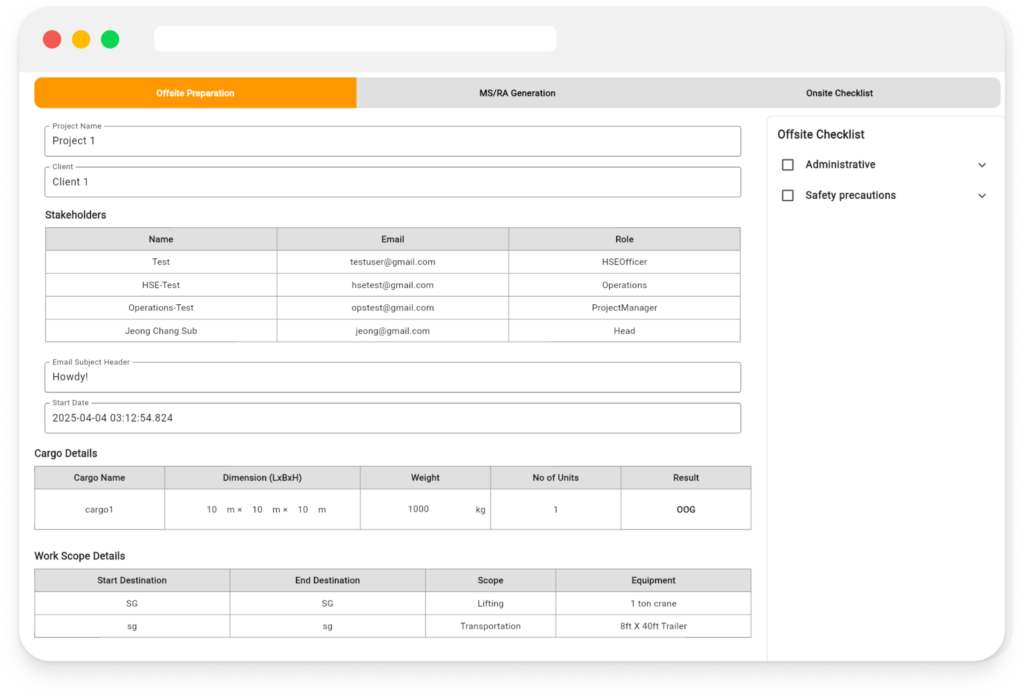
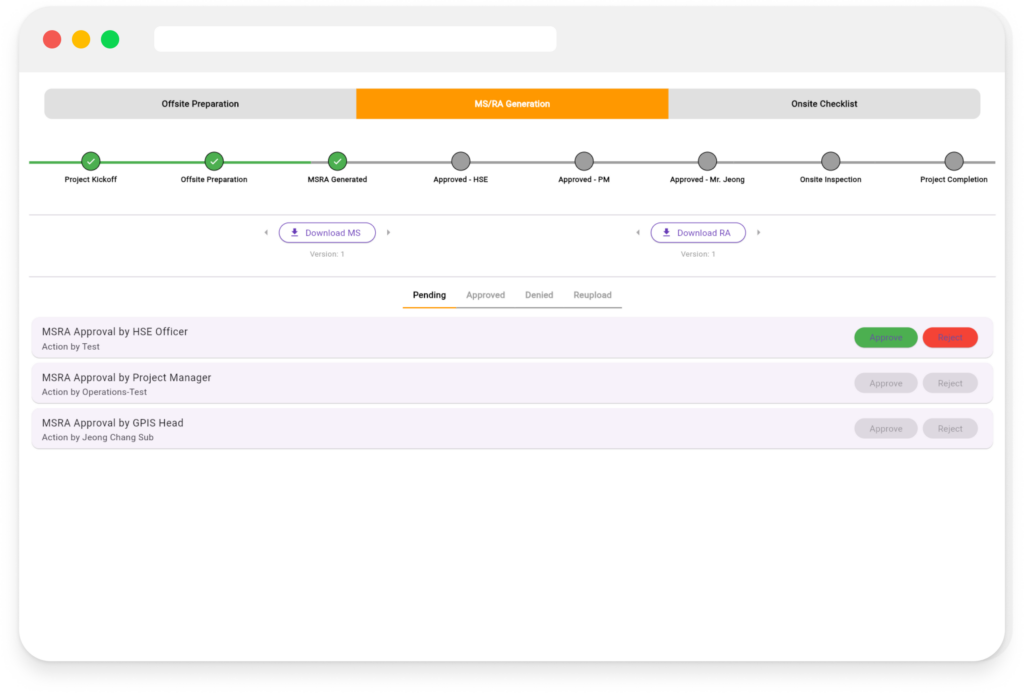


The ‘Document Analyzer’ reduces the effort of reviewing MSRA documents by automatically extracting relevant information from vendor MSRA documents using text matching. It then refines the extracted information and stores it in a database. This shortens lead times across planning stages.
The ‘MSRA Generation’ streamlines the end-to-end creation of Method Statements and Risk Assessments by combining two subsystems: the Document Analyzer and the Template Engine. The Document Analyzer automatically extracts and refines key information from vendor-submitted MSRA documents using intelligent text matching, then stores it in a structured database. The Template Engine then populates standardized MSRA templates with this data. This ensures accuracy and faster approvals across projects.

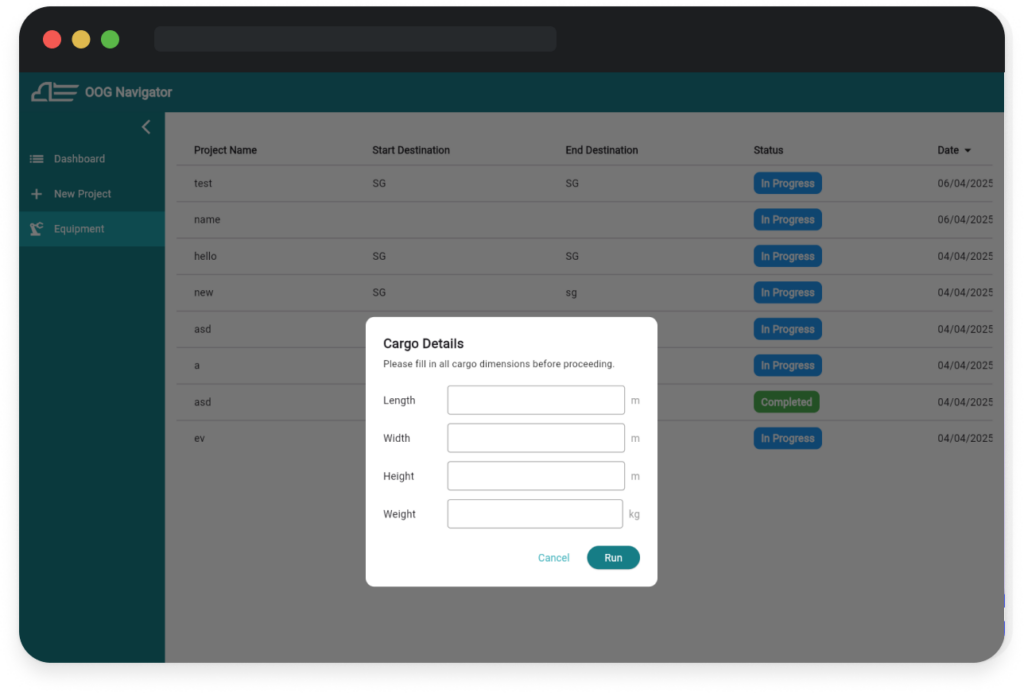
The ‘Equipment Recommendation’ simplifies equipment selection by using machine learning and historical data to suggest optimal options such as cranes, trailers, and prime movers. This reduces selection errors and enhances operational reliability.
The ‘Project Management’ serves as the central coordination hub that orchestrates the entire OOG cargo management by integrating two core features: MSRA Generation, and Equipment Recommendation. It manages task assignments and stakeholder communication through additional built-in features such as an Approvals Manager, Email Reminders, Checklists, and an Automated Progress Tracker to ensure alignment, accountability, and smooth operational flow throughout OOG management.
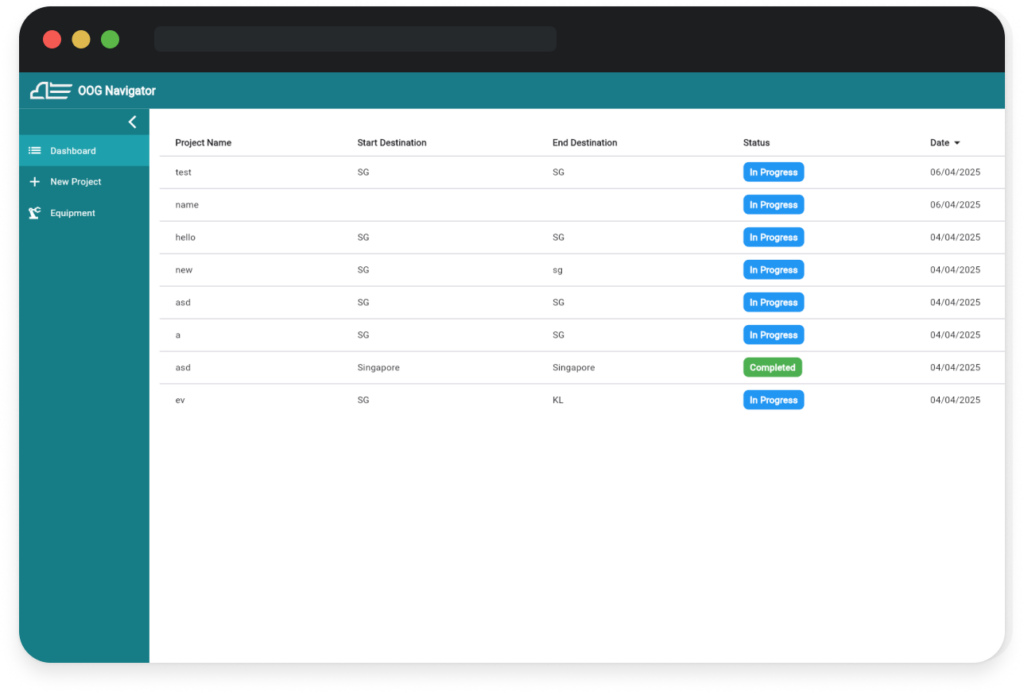
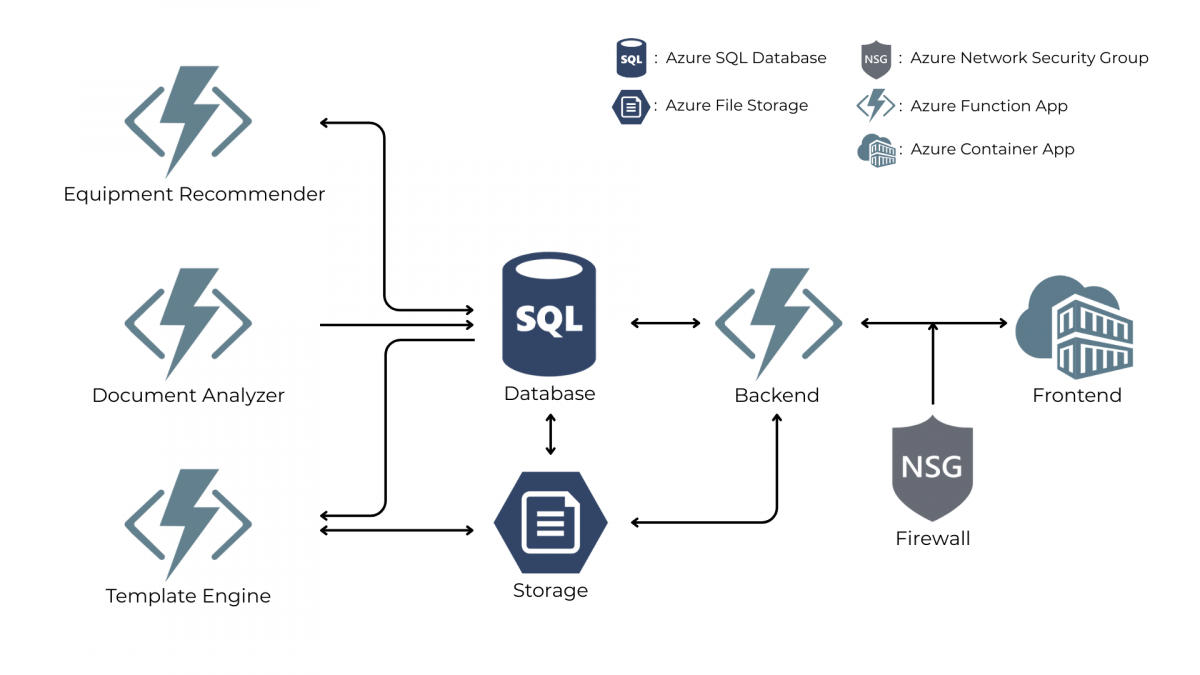
System Architecture
Our project management web application integrates three core subsystems—the Equipment Recommender, Document Analyzer, and Template Engine—each deployed as Azure Function Apps, interacting directly with an Azure SQL Database and Azure File Storage. The SQL Database functions as the central structured data repository and Azure File Storage complements this by managing unstructured data. The backend manages data retrieval and business logic, connecting to the database and storage, and communicates with the frontend, deployed as an Azure Container App. Security is enforced through an Azure Network Security Group (NSG) to safeguard communication between components.

Tech Stack
Our project management web application uses a technology stack that aligns with the functional responsibilities of each layer. The three subsystems—Document Analyzer, Template Engine, and Equipment Recommender—are implemented using Python with the Flask framework. The backend is developed using Node.js with Express.js, which handles API routing. The frontend is built using Flutter and Dart for cross-platform deployment, with JavaScript supporting UI interactivity. All components run within the Azure cloud environment.
What DB Schenker team said about this app?




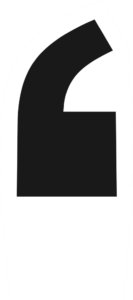
Let’s Create a Better World
by Design!
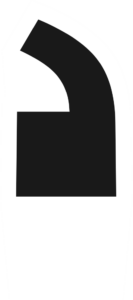
special thanks to:

Vote for our project at the exhibition! Your support is vital in recognizing our creativity. Join us in celebrating innovation and contributing to our success. Thank you for being part of our journey!



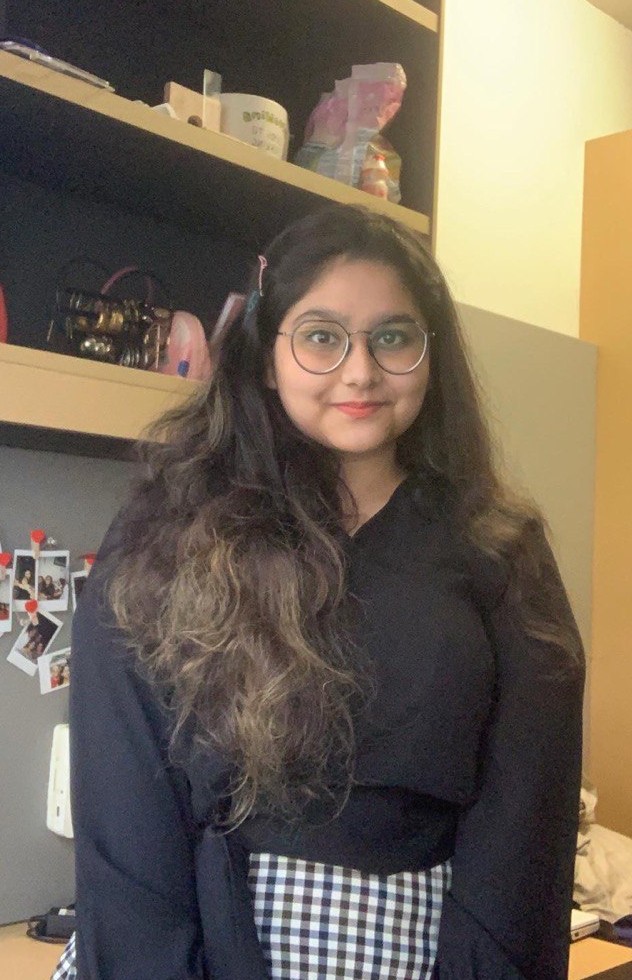








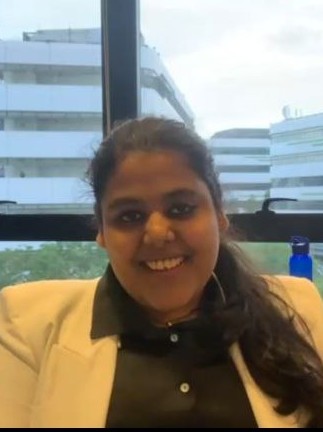


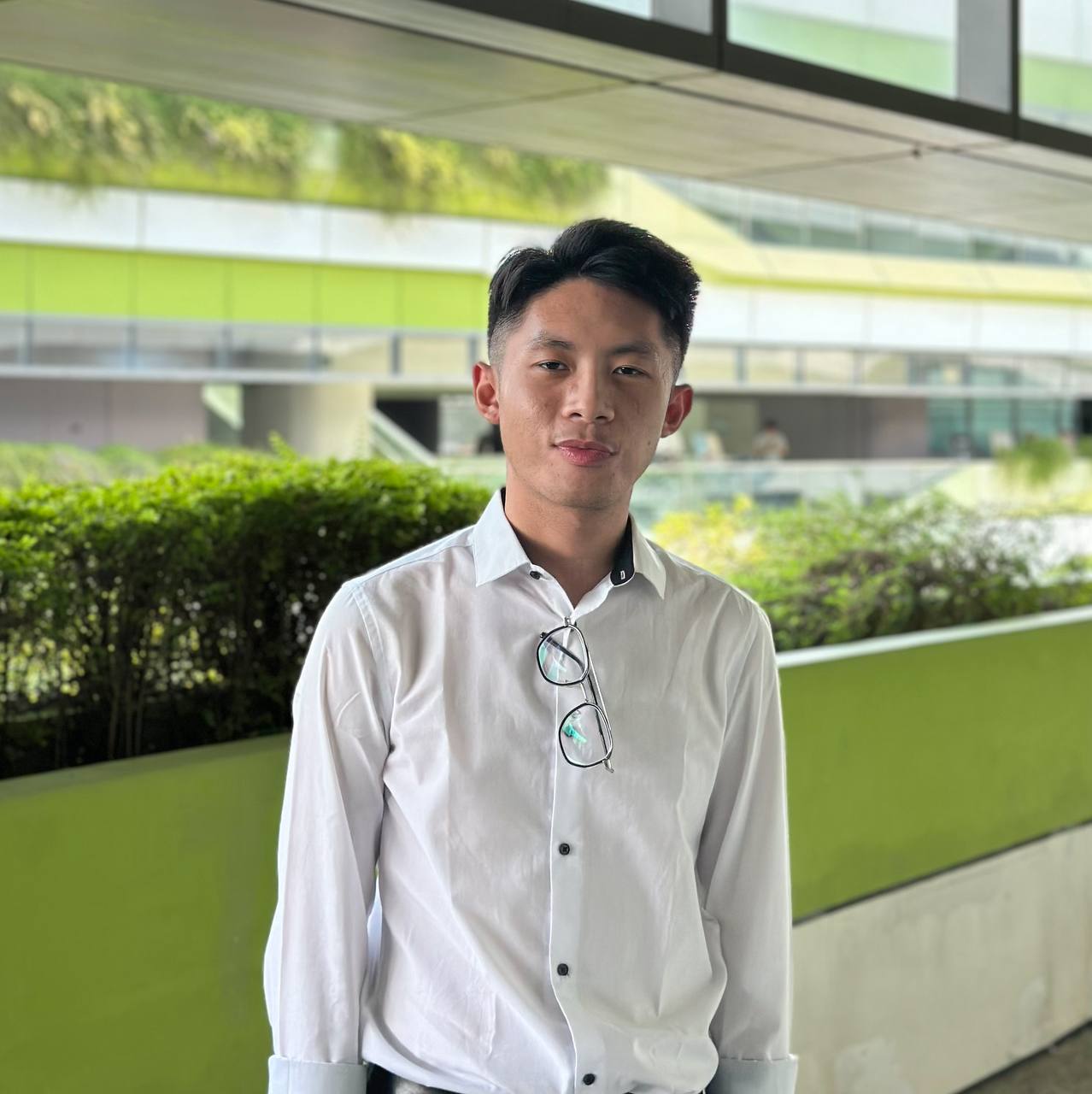


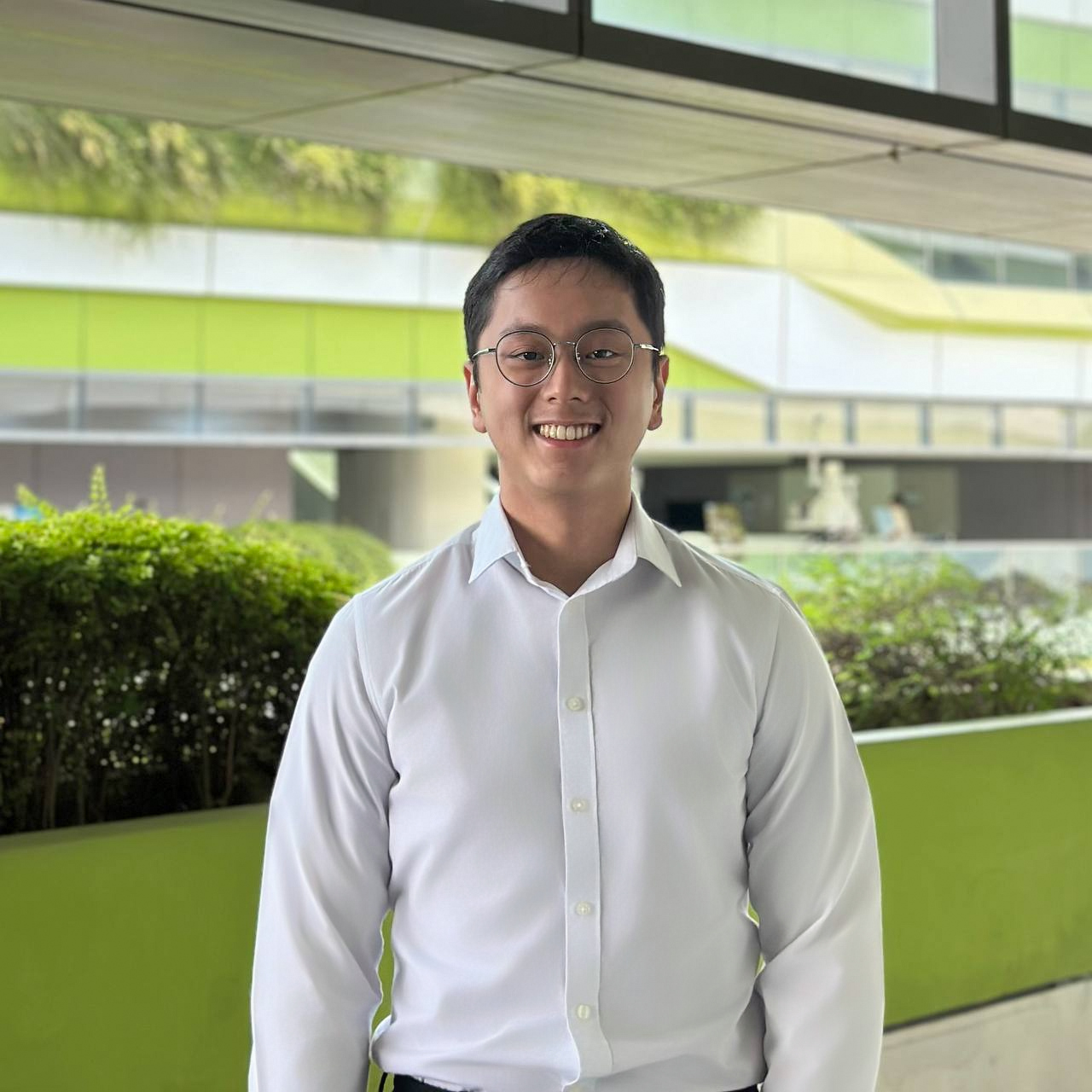










At Singapore University of Technology and Design (SUTD), we believe that the power of design roots from the understanding of human experiences and needs, to create for innovation that enhances and transforms the way we live. This is why we develop a multi-disciplinary curriculum delivered v ia a hands-on, collaborative learning pedagogy and environment that concludes in a Capstone project.
The Capstone project is a collaboration between companies and senior-year students. Students of different majors come together to work in teams and contribute their technology and design expertise to solve real-world challenges faced by companies. The Capstone project will culminate with a design showcase, unveiling the innovative solutions from the graduating cohort.
The Capstone Design Showcase is held annually to celebrate the success of our graduating students and their enthralling multi-disciplinary projects they have developed.